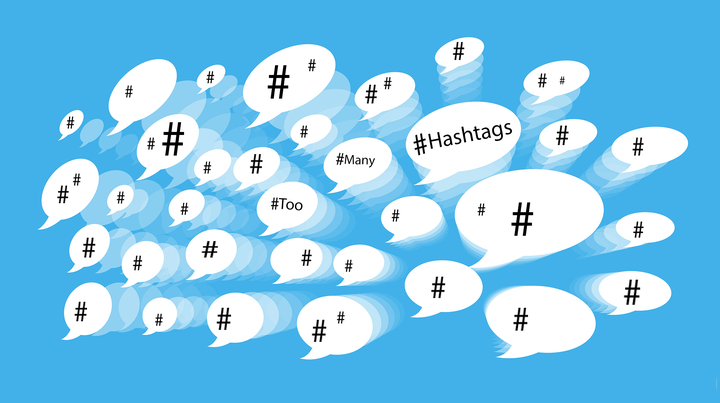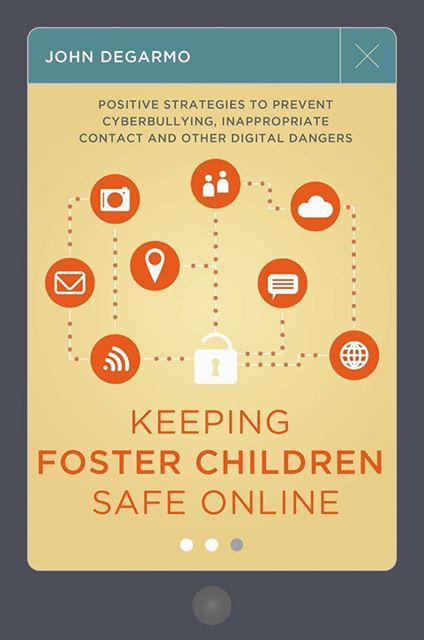
Hashtags and emojis are everywhere throughout social media. They are easy to use, they are fun, and they are cute.
Yet, there is a hidden danger that most parents and adults are not aware of.
For our children and today’s youth, it is a new form of communication. Like all forms of communication, it changes and evolves. What many parents fail to understand is that hashtags have also evolved from something fun and cute and may now be used for purposes that are not so friendly, and even on dangerous.
Some hashtags can be used to hide messages; messages that children do not want their parents or others to see. These might include drug references, messages of sex, and messages of self violence or even suicidal thoughts. Indeed, a recent study published in the Journal of Adolescent Health found that hashtags about self injury are becoming increasingly popular on social media.
Some of the more popular hidden hashtags youth are using today include:
#sue-suicide
#mia-bulimia
#cu46-see you for sex
#420-pot/weed/drugs
##svv: “selbstverletzendes verhalten” or self-harming behavior
There are also those parents who use hashtags when referring to their children online. While this may be cute, it can also be dangerous. It quickly allows predators to locate a child, find them online, view their pictures, find their birthdates and personal information, stalk them, and even proceed to create a fake identity or account, simply by clicking on the chld’s name/hashtag.
Emojis can also be used to send harmful or threatening messages. For example, a simle picture, or an emoji, of a frog may mean that the person receiving the emoji is “ugly”. An emoji of scissors might send the message that “I am going to cut you.” An emoji of a man running followed by a bowling ball may mean “I am going to hit you.”

Both these hidden hashtags and emojis can also lead to cyberbullying. Cyberbullying is the platform in which the 21st century bully uses to inflict pain and humiliation upon another. Cyberbullying is the use of technology to embarrass, threaten, tease, harass, or even target another person. With the use of online technology and social networking sites, today’s bully can follow their targeted victim where ever the child may go. Whether the child is in school, at the park, at the movie theater, or at home, whenever that bullied child has a cell phone or access to online technology, he can be bullied. In essence, this form of bullying can be non-stop, 24 hours a day, seven days a week. Hashtags and emojis are just the latest way to bully others.
Hashtags and emojis are also used by sexual predators, who scour the internet through chat rooms and social network sites, looking for children who are technically more advanced than their parents. Building a relationship throughout a period of time, over the course of weeks and sometimes even months, child victims feel that they can trust their new “friend.” These victims characteristically have experienced abuse at some point in their lives, having a history of prior sexual abuse. Along with this, victims have low self esteem problems, and are emotionally troubled or depressed. Many of these victims are children, using hashtags and emjojis, to communicate with others. Sexual predators are waiting for these children to communicate with them.

Those hashtags and emojis your children are using; they may look cute. They may look innocent. Yet, what are your children really saying? What are they really communicating to others?
Is it a cry for help?
Is it a sign your child is in danger?
Dr. John DeGarmo has been a foster parent for 14 years, now, and he and his wife have had over 50 children come through their home. He is a consultant to legal firms and foster care agencies, as well as an international speaker and trainer on many topics about the foster care system. He is the author of several foster care books, including Keeping Foster Children Safe Online, and writes for several publications. He can be contacted at drjohndegarmo@gmail.com, through his Facebook page, Dr. John DeGarmo, or at The Foster Care Institute.

If you or someone you know needs help, call 1-800-273-8255 for theNational
Suicide Prevention Lifeline.You can also text HELLO to 741-741 for free,
24-hour support from theCrisis Text Line.Outside of the U.S., please
visit the International Association for Suicide Prevention for a database
of resources.
